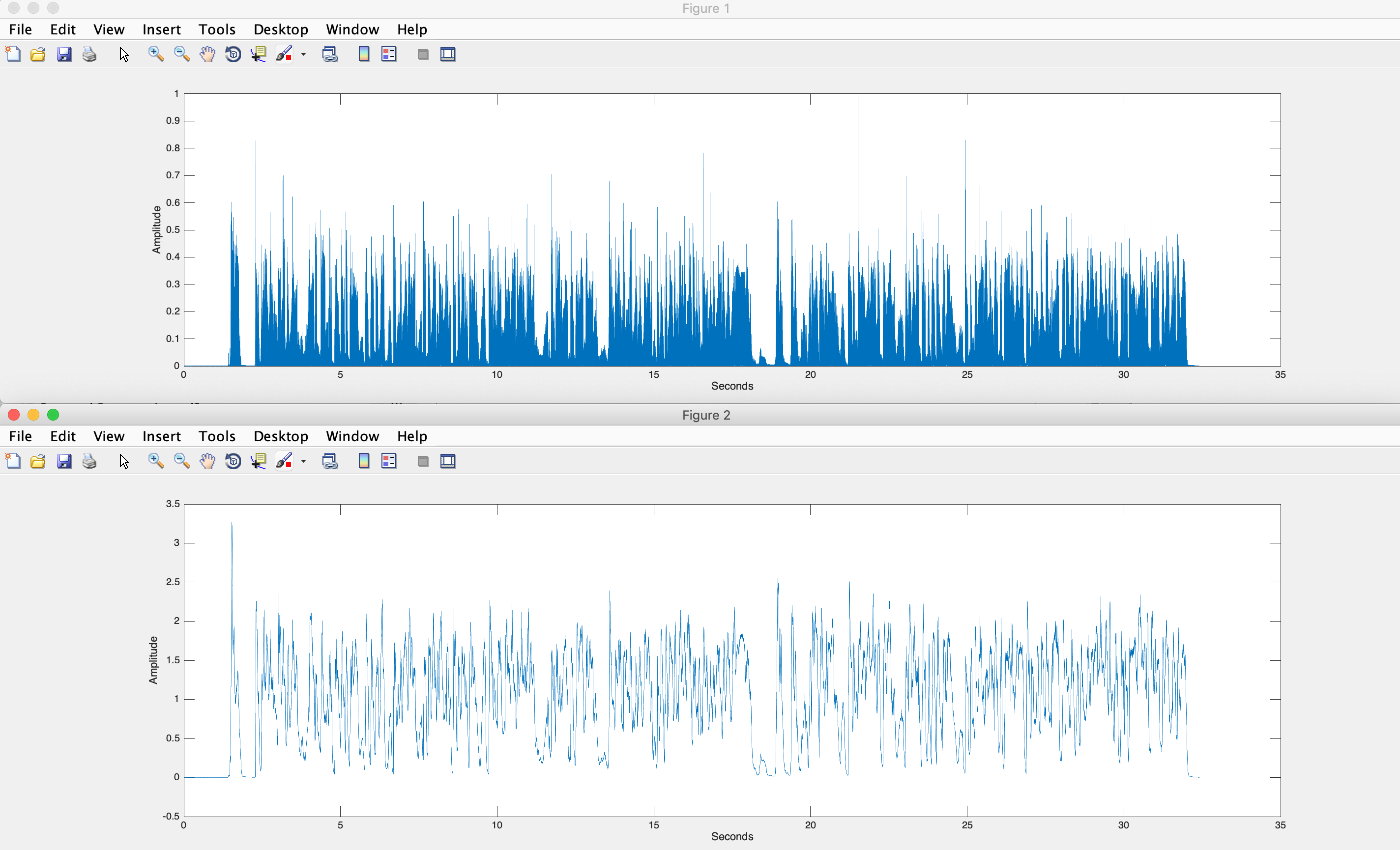After converting everything from MATLAB to Python I knew that Python would possibly be slower than MATLAB. However, testing revealed that on larger samples (> 5 seconds), the Python code begins to lag noticeably. The longer the sample, the slower the Python code. After timing I have determined that the for loops inside the Python functions are much slower than the MATLAB counterparts. This seems to be due to MATLAB using a just-in-time compiler. I changed some of the NumPy functions like arange() back into range() which actually helped increase speed a little.
However, at the point we are in the project the extra speed is not critical to our success. Since the demo is coming up next week I turned my attention to finishing the Final Project report. We ran into integration problems due to problems with the backend. We had to wrap up the integration before finishing the paper. The rest of the week was spent on the paper. We are now doing the finishing touches before the demo and making our video.


